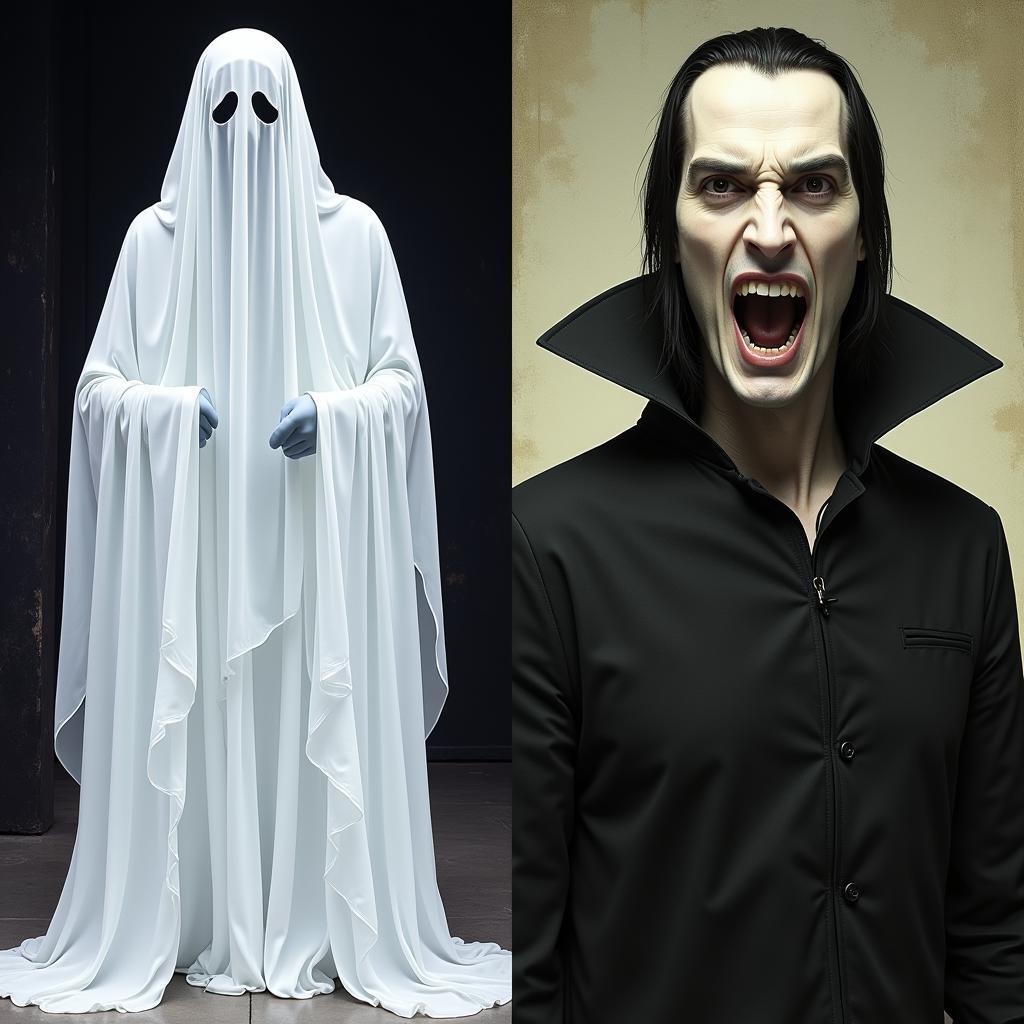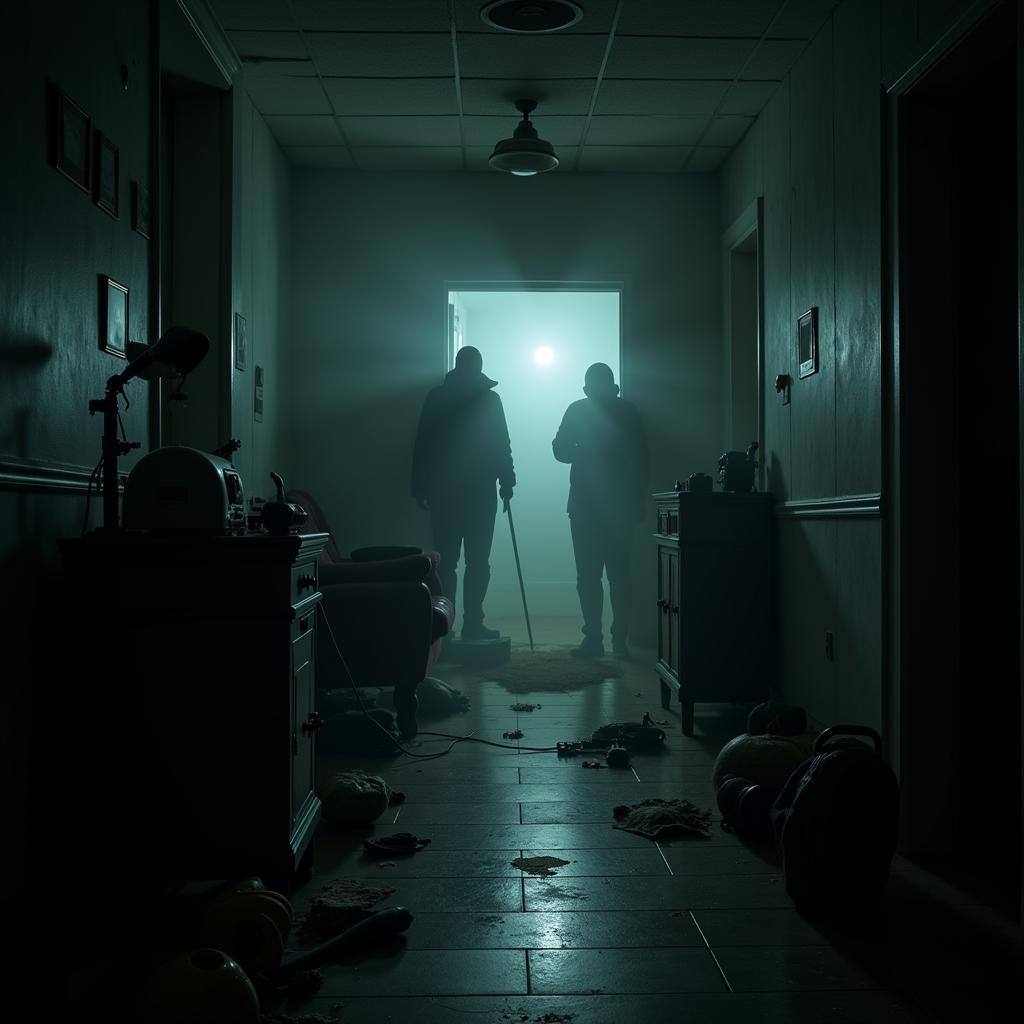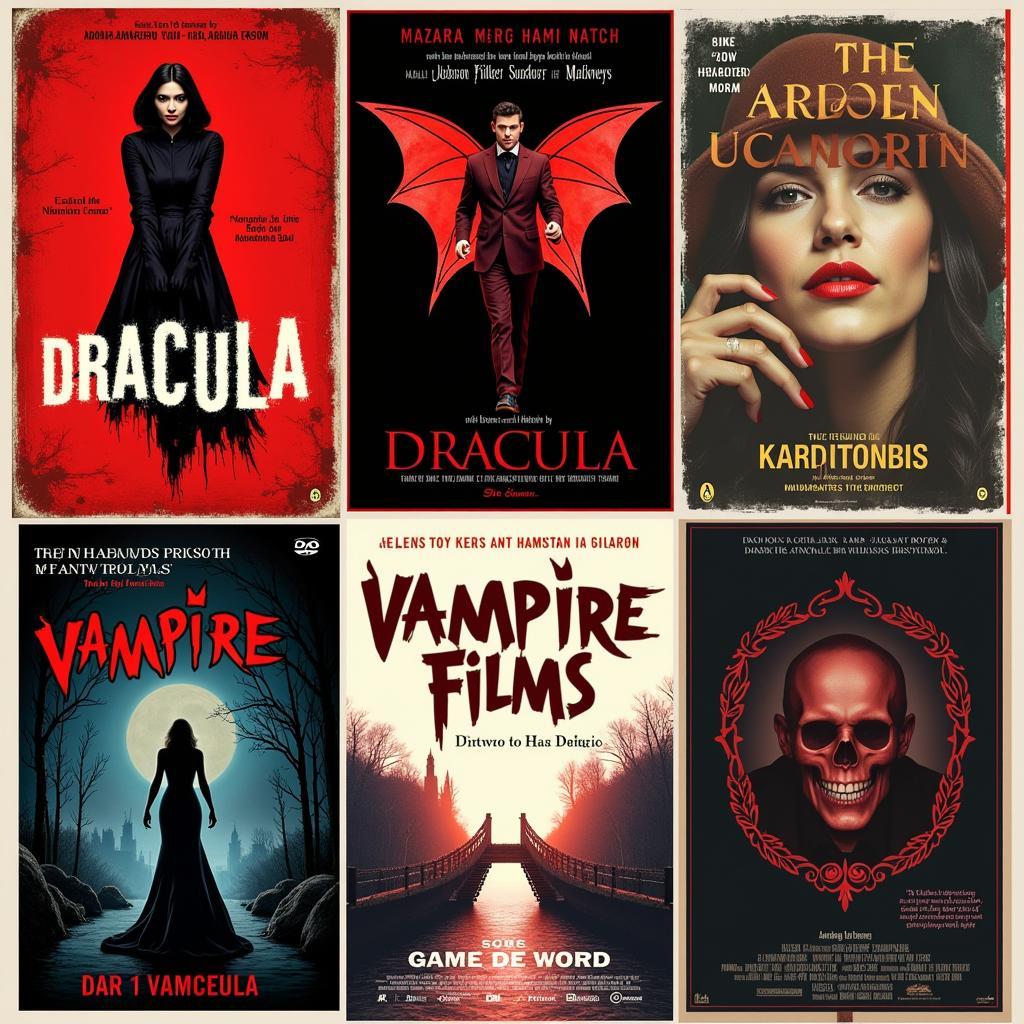Ghosts and vampires: creatures of the night that have captivated and terrified us for centuries. Their presence lingers in folklore, literature, and on the silver screen, often leaving us questioning the line between myth and reality. But what makes these entities so enduring? What are the origins of these supernatural beings and how have their depictions evolved over time?
 Ghosts and Vampires in Folklore
Ghosts and Vampires in Folklore
The Ethereal Presence of Ghosts
The concept of ghosts is deeply ingrained in human history, with accounts of spectral beings appearing in cultures across the globe. From the restless spirits of ancient Japanese folklore to the spectral apparitions haunting European castles, the belief in ghosts often stems from the desire to connect with loved ones after death or to explain unexplained phenomena.
Cultural Variations of Ghosts
The appearance and behavior of ghosts can vary widely depending on cultural beliefs. In some cultures, ghosts are depicted as benevolent entities, offering guidance and protection, while in others, they are seen as vengeful spirits seeking retribution. This diversity in portrayal reflects the wide range of human emotions and beliefs surrounding death and the afterlife.
 Ghost Sightings and Paranormal Investigations
Ghost Sightings and Paranormal Investigations
Ghosts in Literature and Film
From Shakespeare’s Hamlet to the chilling tales of Edgar Allan Poe, ghosts have long played a pivotal role in literature, serving as reminders of past deeds, harbingers of doom, or catalysts for personal growth. In the realm of cinema, ghosts have haunted us on screen, evolving from flickering apparitions to complex characters with unfinished business. Films like “The Sixth Sense” and “A Ghost Story” explore the emotional weight of loss and the lingering ties that bind us to the world of the living.
The Allure and Terror of Vampires
Few creatures of the night hold the same allure and terror as vampires. These immortal beings, sustained by the lifeblood of the living, have haunted our collective imagination for centuries.
Origins of the Vampire Myth
While vampire-like creatures appear in ancient myths and legends, the modern vampire archetype emerged in Southeastern Europe during the 17th and 18th centuries. Fueled by superstition and fear of disease, tales of these nocturnal beings spread like wildfire, often blamed for unexplained illnesses and misfortunes.
 Vampire Literature and Film Adaptations
Vampire Literature and Film Adaptations
From Nosferatu to Twilight: The Evolution of Vampires in Popular Culture
The portrayal of vampires has undergone a significant transformation in popular culture. From the monstrous Count Orlok in F.W. Murnau’s “Nosferatu” to the brooding, romantic Edward Cullen in Stephenie Meyer’s “Twilight” saga, vampires have evolved from creatures of pure horror to complex, often sympathetic, characters.
The Enduring Fascination with Ghosts and Vampires
Why do ghosts and vampires continue to fascinate us? Perhaps it’s the thrill of the unknown, the exploration of our deepest fears, or the desire to believe that death is not the end. Whatever the reason, these creatures of the night continue to hold a powerful sway over our imagination, reminding us of the mysteries that lie beyond the veil of the everyday.





